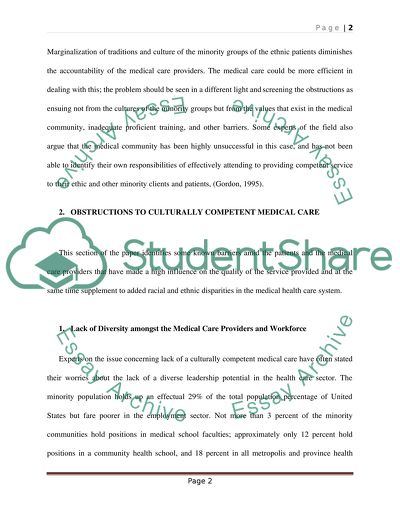Cite this document
(“Obstructions to culturally competent medical care Research Paper”, n.d.)
Retrieved from https://studentshare.org/nursing/1395708-obstructions-to-culturally-competent-medical-care
Retrieved from https://studentshare.org/nursing/1395708-obstructions-to-culturally-competent-medical-care
(Obstructions to Culturally Competent Medical Care Research Paper)
https://studentshare.org/nursing/1395708-obstructions-to-culturally-competent-medical-care.
https://studentshare.org/nursing/1395708-obstructions-to-culturally-competent-medical-care.
“Obstructions to Culturally Competent Medical Care Research Paper”, n.d. https://studentshare.org/nursing/1395708-obstructions-to-culturally-competent-medical-care.


